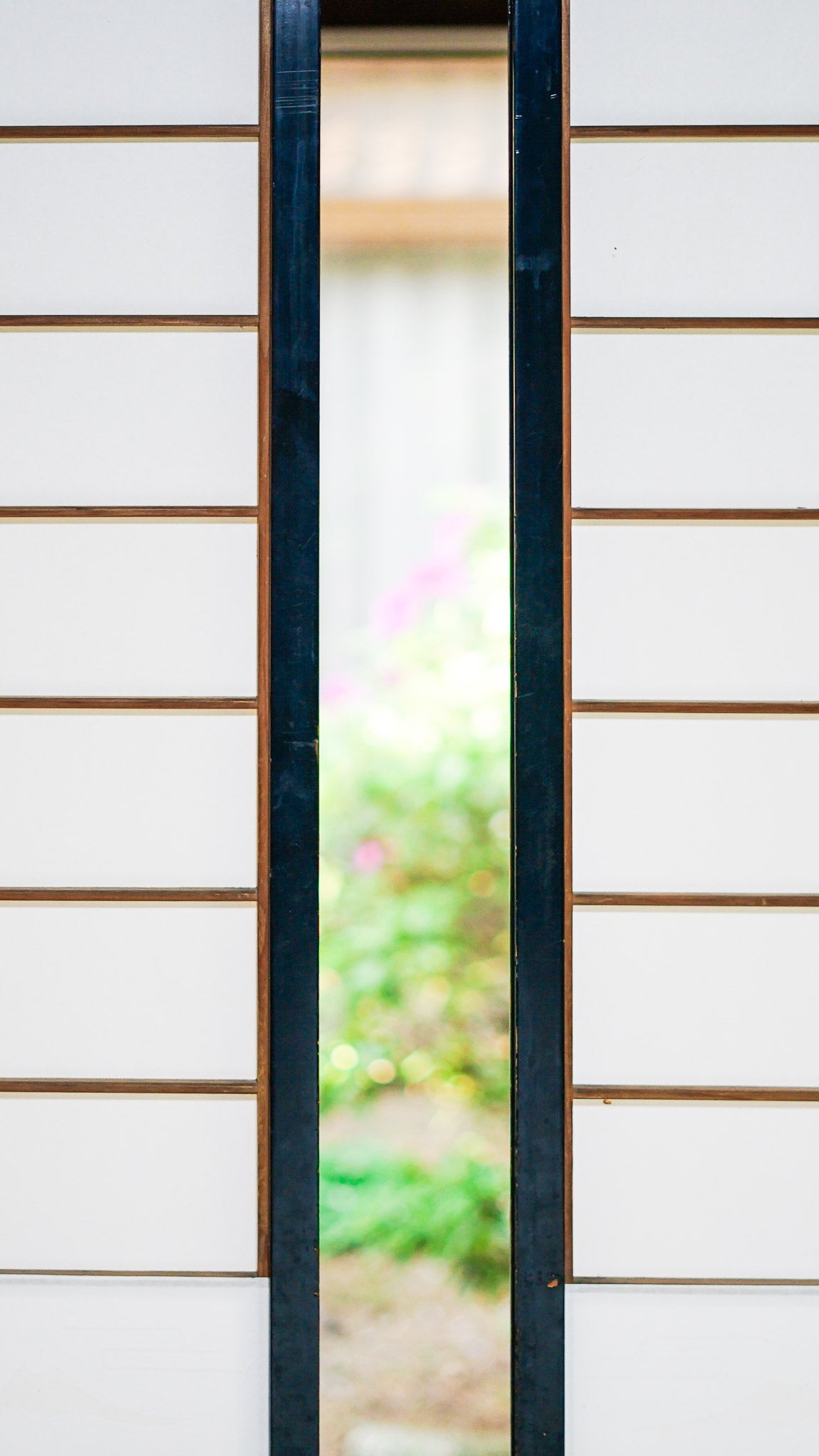PHILOSOPHY
侘 月 の 哲 学

← 2. The Portrait
WABI + TSUKI
3. The Roots
侘月は、「侘(わび)」と「月(つき)」を組み合わせた造語です。
「侘」は、”立派な状態に対する劣った状態”を表す言葉として平安時代より使用されていたと伝わります。室町時代に入り、転じてその不完全さに精神的豊かさを見出す美意識(=不完全の美)を表す言葉として使用され始め、現代に至ります。
「月」は、地球の唯一の衛星です。日々同じ表情を見せることのなく満ち欠ける不完全性と連続性を持ち合わせています。日本人は古来から花鳥風月のような自然を愛で、不完全で連続的な自然そのモノである「月」に美を感じる心があったのでしょう。
侘びていて、連続的で、自然体であることはそれぞれに美しい。そういった想いを込めました。
Wabitsuki is a word coined form the Japanese word "Wabi " and "Tsuki"
The word “Wabi (侘)” was originally used in the Heian period to describe an “inferior state of being to an admirable state of being. In the Muromachi period, the word began to be used to express an aesthetic sense that found spiritual richness in this state, as Imperfect, and has continued to the present day.
The word "Tsuki (月)" means "Moon". It is Earth's only satellite. It possesses imperfection of phases which is never be the same day by day and mystery. I believe that the Japanese, who have loved nature like the “moon” since ancient times, had a sense of value to find beauty in nature itself, which is imperfect and has continuity.
Being Wabi, continuity, and the way it is, each of these have the beauty. We put those thoughts into thethis word "Wabitsuki.

LIFE WITH HARMONY
4. The Goal
侘月が目指すゴールは「調和のある生活」です。
調和とは、物事の自然な繋がりに生じる心地よさ。不自然な繋がりの中では、不調和が生まれます。わたしたちの日常に自然な繋がりをもたらしてくれる要素の一つが、”工芸”であると侘月は考えています。
工芸は、表面は実用品であり、裏面は文化・精神の語り部です。実用品は使うたび味わいが増す。文化・精神は知るたび世界が広がる。日本の自然に根ざした生活の中で生まれた工芸は、日本の生活との長く自然な繋がりある。何より、不思議と使い心地が良い。そこに調和があるのではないか。
侘月は、心地のよい「調和のある生活」を目指し、先人達がリレーしてきた工芸品のあるライフスタイルを提案し続けるのです。
Our goal is “life with harmony”.
Harmony is the comfort that is created in the natural connection of things. Unnatural connections create disharmony. We believes that one of the things that can bring about a natural connection in our daily lives is “kogei”.
On the surface, kogei is a practical object, and on the reverse side, it is a storyteller of culture and spirit. The practical use of a product becomes more interesting every time it is used. The more one learns about the culture and spirit, the more one's world expands. Crafts born from a lifestyle rooted in Japanese nature have a long and natural connection with the Japanese way of life. Above all, they are mysteriously comfortable to use. Therein possibly lies harmony.
Aiming for a pleasant “life with harmony”, we will continue to propose a lifestyle with Kogei that have been relayed by our predecessors.
Last but not least,
